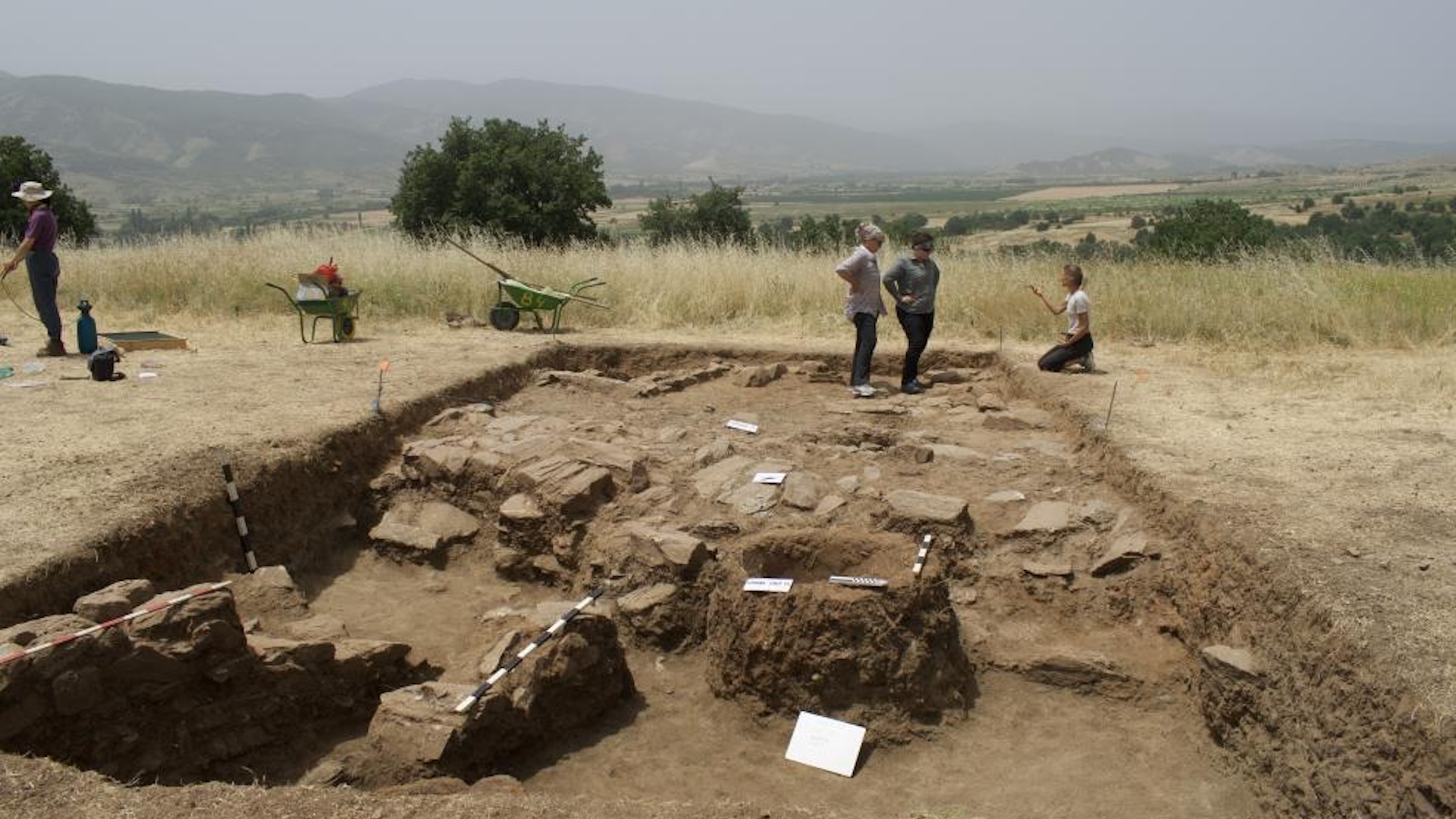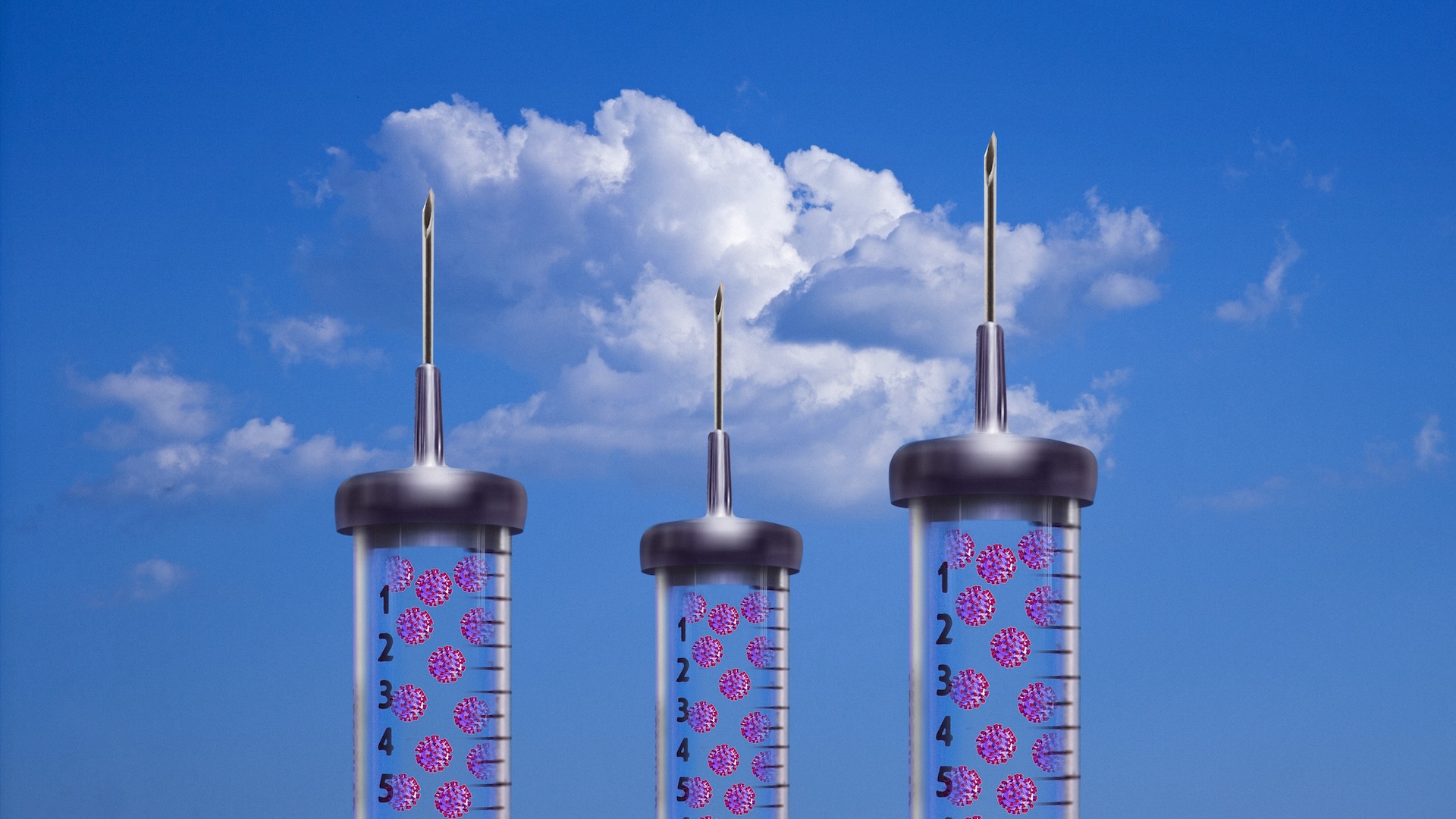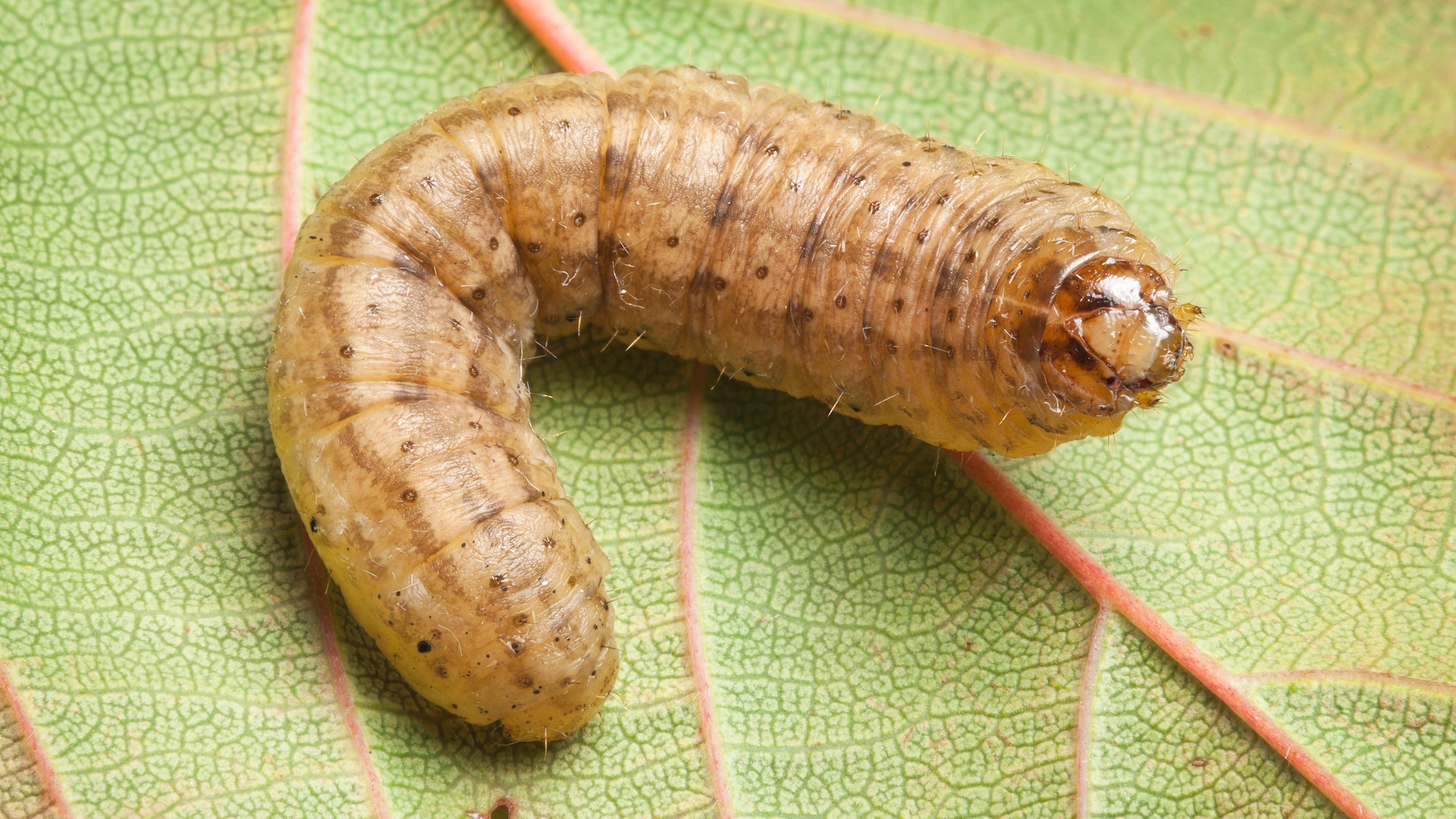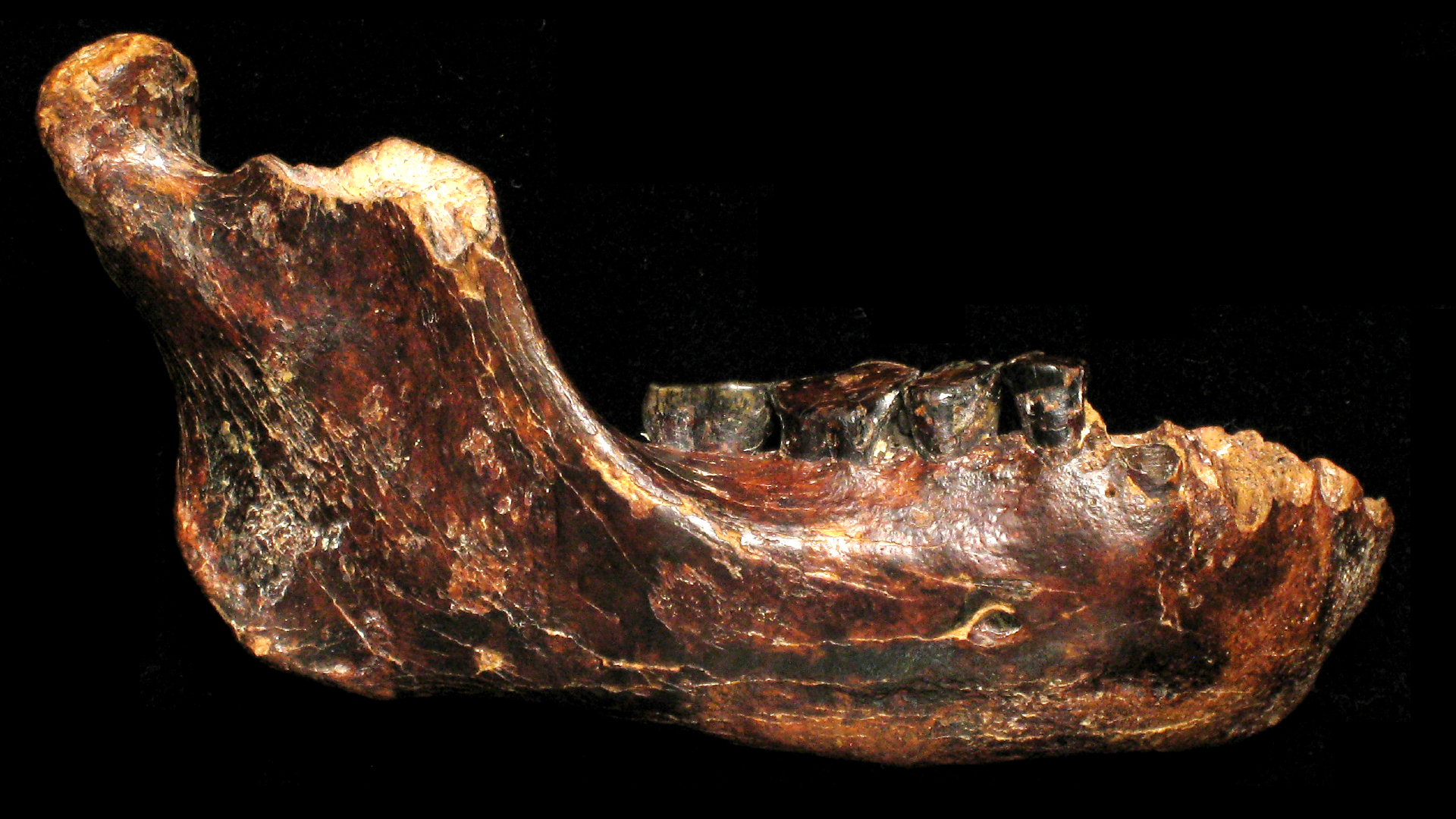Canal turns into 'stream of blood' in Argentina as locals fear toxic leak
The Sarandí canal in Argentina turned blood red last week. Officials suspect a toxic substance used in dyes has entered the waterway, located on the outskirts of Buenos Aires.
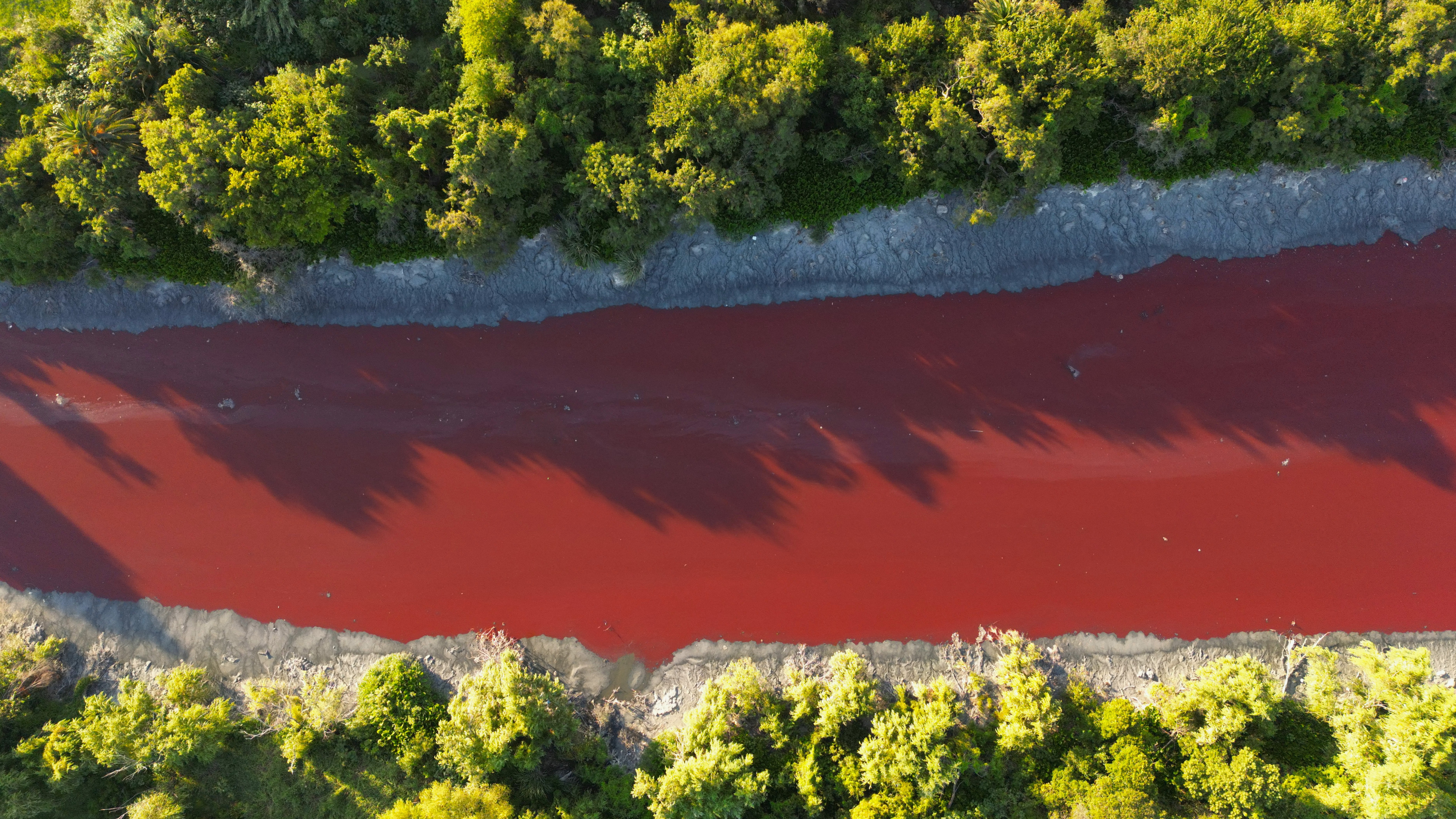
A canal in Argentina turned blood red last week and started producing a foul smell, according to local media. Officials are still investigating the incident, but early reports suggest that a toxic substance used in dyes may have entered the waterway.
The Sarandí canal, or Sarandí stream, runs through an industrial neighborhood in the municipality of Avellaneda on the outskirts of Buenos Aires, the country's capital. Local residents feared there had been a toxic leak on Thursday (Feb. 6) with one resident describing waking up to powerful odors and noticing the water had turned red, The Associated Press (AP) reported.
"It looks like a stream of blood; we have never seen it like this," María Ducomls, the resident, told The Associated Press.
The neighborhood along the canal hosts tanneries and other industries that turn animal skin into leather. Parts of the Sarandí also border a nature reserve, German broadcaster GW News reported.
Avellaneda officials suspect that a toxic substance used in dyes and medicines called aniline was present in the water, according to the AP. Aniline is normally colorless but can darken and change color through oxidation, a chemical reaction with oxygen. The substance is highly toxic to aquatic life.
Related: Earth from space: Golden river of toxic waste spills out from deadly mining disaster in South Africa
This isn't the first time the Sarandí has turned a funny color, previously turning both green and violet in the past, according to the AP. The regional environment department said it received a report of red dye on Thursday (Feb. 6), the Guardian reported.
Sign up for the Live Science daily newsletter now
Get the world’s most fascinating discoveries delivered straight to your inbox.
The department said it sent a mobile analysis lab to Sarandí and collected 0.4 gallons (2 liters) of water for chemical analysis and liquid chromatography, which separates components in a mixture — in this case, red water. Based on the analysis, the department thought a colorant was responsible for the water's red hue.
"It is thought to be some kind of organic colouring," the department said.
Officials continue to investigate the source of the incident.

Patrick Pester is the trending news writer at Live Science. His work has appeared on other science websites, such as BBC Science Focus and Scientific American. Patrick retrained as a journalist after spending his early career working in zoos and wildlife conservation. He was awarded the Master's Excellence Scholarship to study at Cardiff University where he completed a master's degree in international journalism. He also has a second master's degree in biodiversity, evolution and conservation in action from Middlesex University London. When he isn't writing news, Patrick investigates the sale of human remains.
You must confirm your public display name before commenting
Please logout and then login again, you will then be prompted to enter your display name.

